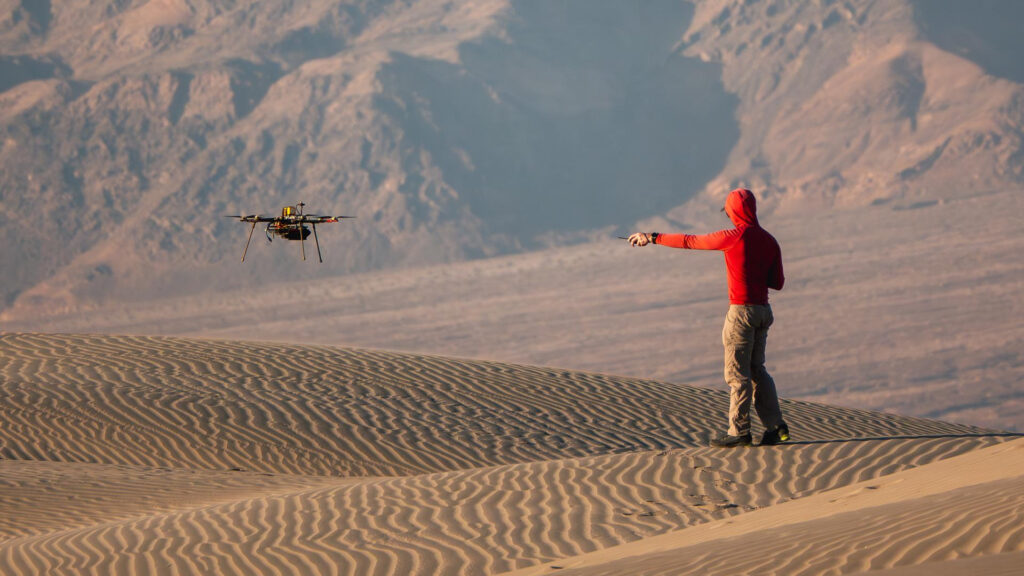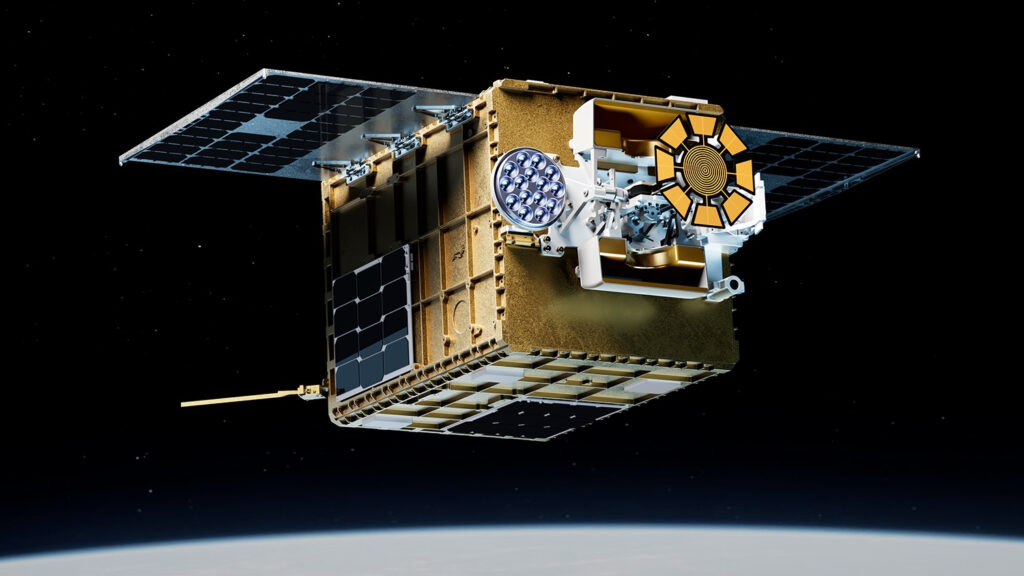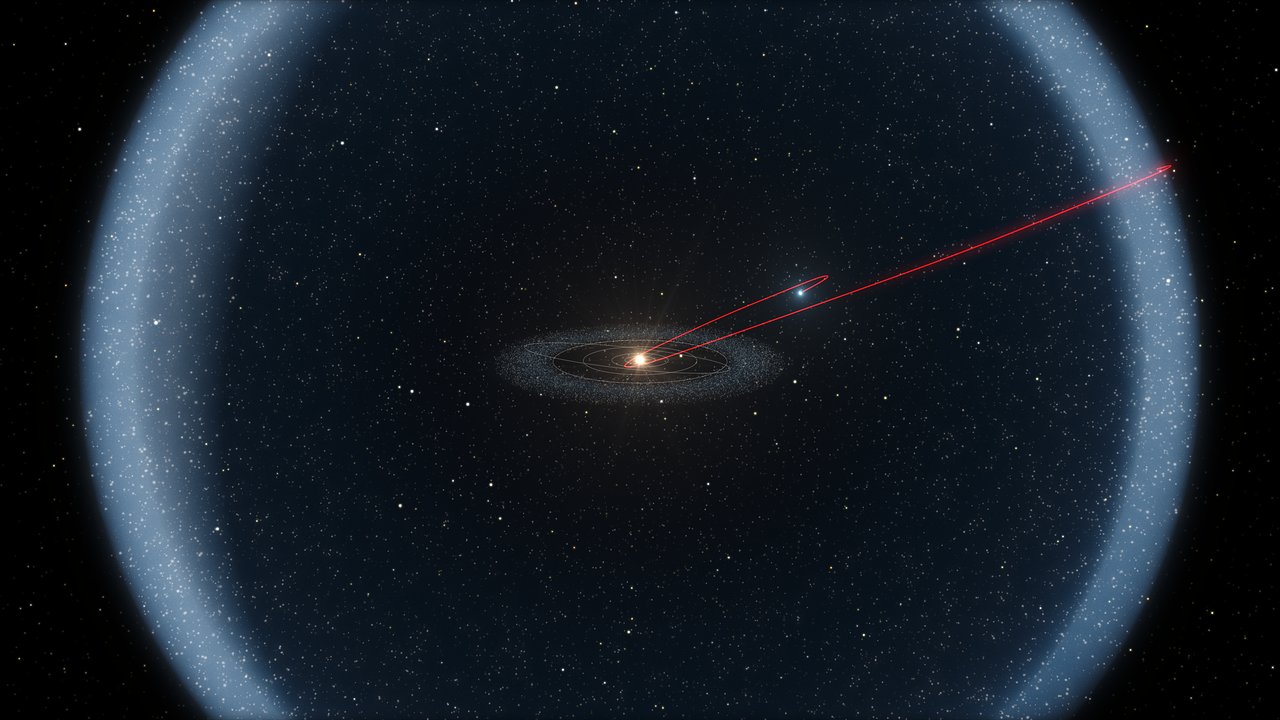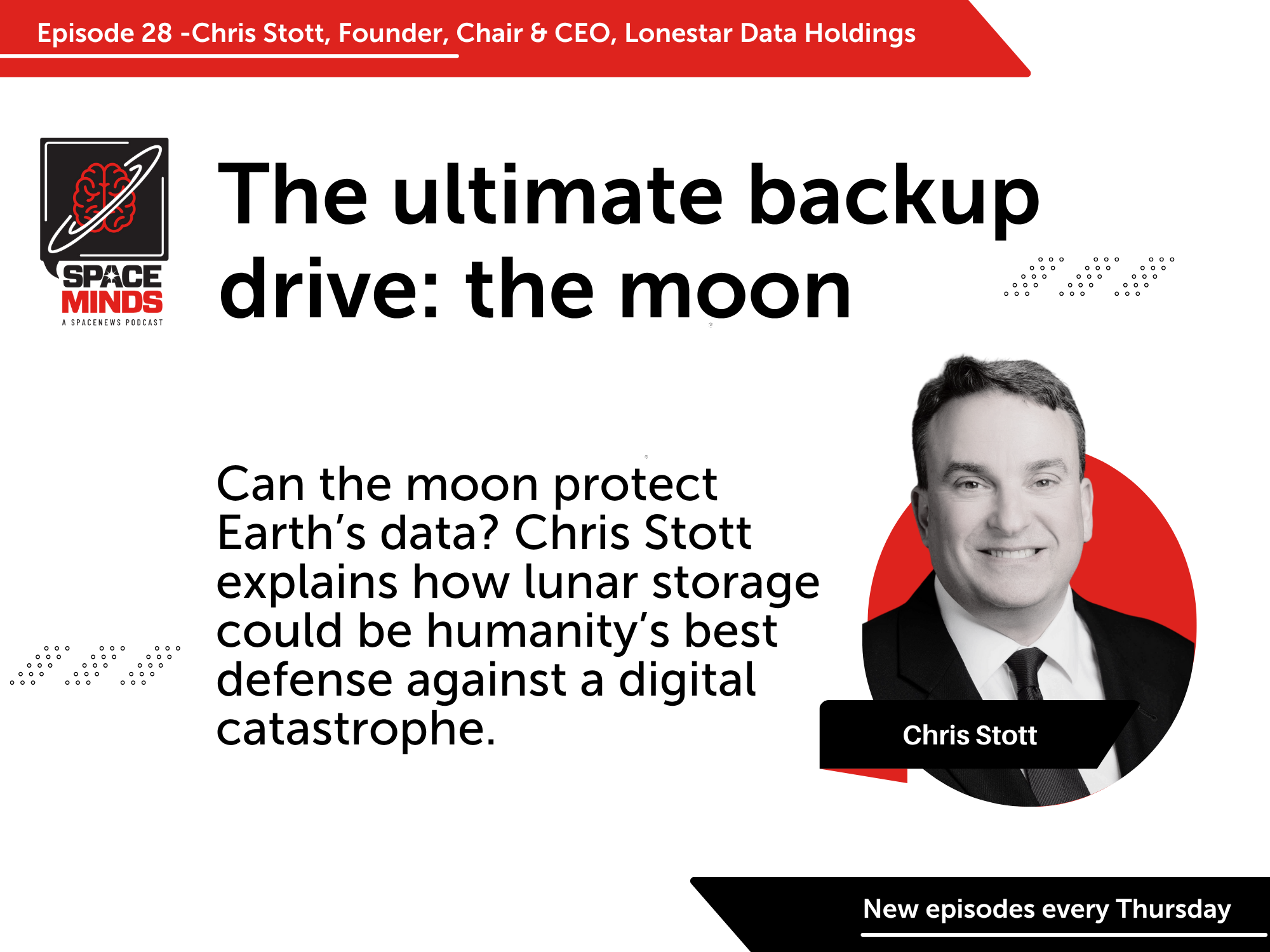Now Reading: Tiny galaxies may have helped our universe out of its dark ages, JWST finds
-
01
Tiny galaxies may have helped our universe out of its dark ages, JWST finds
Tiny galaxies may have helped our universe out of its dark ages, JWST finds

Evidence continues to assemble that dwarf galaxies played a larger role in shaping the early universe than previously thought.
Astronomers analyzing data from the James Webb Space Telescope (JWST) have uncovered a population of tiny, energetic galaxies that may have been key players in clearing the cosmic fog that shrouded the universe after the Big Bang.
“You don’t necessarily need to look for more exotic features,” Isak Wold, an assistant research scientist at the Catholic University of America in Washington D.C., told reporters during the 246th meeting of the American Astronomical Society in Alaska. “These tiny but numerous galaxies could produce all the light needed for reionization.”
About 380,000 years after the Big Bang, the universe cooled enough for charged particles to combine into neutral hydrogen atoms, creating a thick, light-absorbing fog, an era known as the cosmic dark ages. It wasn’t until several hundred million years later, with the birth of the first stars and galaxies, that intense ultraviolet (UV) radiation began reionizing this primordial hydrogen. That process gradually cleared the dense fog, allowing starlight to travel freely through space and illuminating the cosmos for the first time.
For decades, astronomers have debated what triggered this dramatic transformation. The leading candidates included massive galaxies, quasars powered by black holes, and small, low-mass galaxies. New data from the JWST now points strongly to the smallest contenders, suggesting these tiny galaxies acted like cosmic flashlights lighting up the early universe.
To identify these early galaxies, Wold and his colleagues focused on a massive galaxy cluster called Abell 2744, or Pandora’s Cluster, located about 4 billion light-years away in the constellation Sculptor. The immense gravity of this cluster acts as a natural magnifying glass, bending and amplifying light coming from much more distant, ancient galaxies behind it. Tapping into this quirk of nature, combined with the JWST’s powerful instruments, the researchers peered nearly 13 billion years back in time.

Using the JWST’s Near-Infrared Camera (NIRCam) and Near-Infrared Spectrograph (NIRSpec), the team searched for a specific green emission line from doubly ionized oxygen, a hallmark of intense star formation. This light was originally emitted in the visible range but was stretched into the infrared as it traveled through the expanding universe, according to a NASA statement.
The search yielded 83 tiny, starburst galaxies, all vigorously forming stars when the universe was just 800 million years old, around 6% of its current age.
“Our analysis […] shows they existed in sufficient numbers and packed enough ultraviolet power to drive this cosmic renovation,” Wold said in the statement.
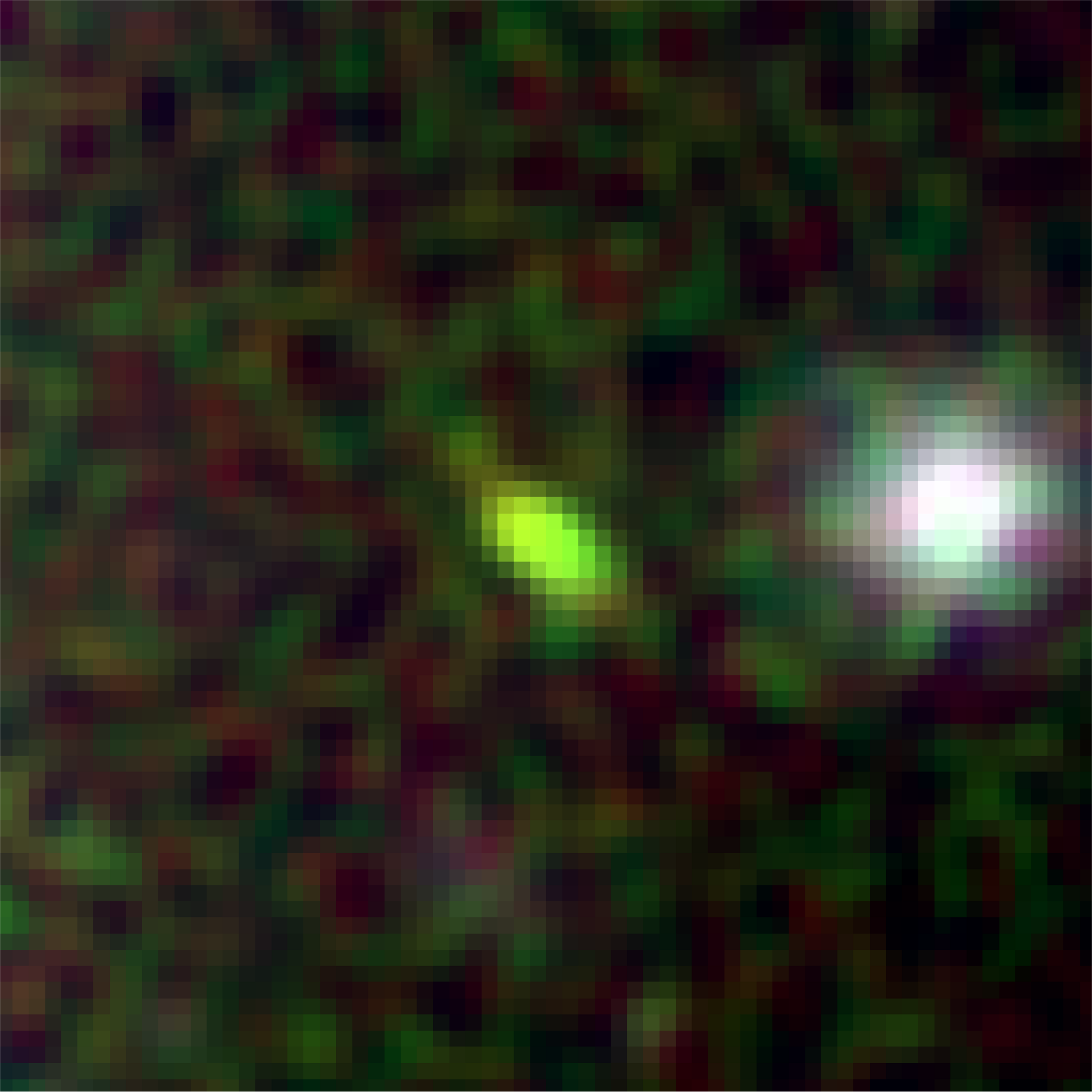
Today, similar primitive galaxies, such as so-called “green pea” galaxies, are rare but known to release roughly 25% of their ionizing UV radiation into surrounding space. If early galaxies functioned in the same way, Wold said, they would have generated enough light to reionize the hydrogen fog and make the universe transparent.
“When it comes to producing ultraviolet light, these small galaxies punch well above their weight,” he said in the statement.
Stay Informed With the Latest & Most Important News
Previous Post
Next Post
-
 012024 in Review: Highlights from NASA in Silicon Valley
012024 in Review: Highlights from NASA in Silicon Valley -
 02Panasonic Leica Summilux DG 15mm f/1.7 ASPH review
02Panasonic Leica Summilux DG 15mm f/1.7 ASPH review -
 03From Polymerization-Enabled Folding and Assembly to Chemical Evolution: Key Processes for Emergence of Functional Polymers in the Origin of Life
03From Polymerization-Enabled Folding and Assembly to Chemical Evolution: Key Processes for Emergence of Functional Polymers in the Origin of Life -
 04How New NASA, India Earth Satellite NISAR Will See Earth
04How New NASA, India Earth Satellite NISAR Will See Earth -
 05And Thus Begins A New Year For Life On Earth
05And Thus Begins A New Year For Life On Earth -
 06Astronomy Activation Ambassadors: A New Era
06Astronomy Activation Ambassadors: A New Era -
07SpaceX launch surge helps set new global launch record in 2024












